Why Are Dental Checkups Different with Braces?
Braces introduce a whole new landscape in the mouth — brackets, wires, and tight spaces where plaque loves to hide. That means dental checkups can’t be one-size-fits-all. Here’s how they differ:
-
Extended Cleanings: Extra time is needed to clean around brackets and under wires.
-
Gum Health Monitoring: Gingivitis risks increase with braces, so checkups often include more detailed gum assessments.
-
Customized Advice: Patients get guidance on brushing and flossing techniques specific to their orthodontic setup.
-
Treatment Progress Evaluation: Orthodontists use these checkups to evaluate alignment progress and adjust treatment plans accordingly.
But the real game-changer? Individualized care plans.
The Power of Individualized Care Plans
Let’s revisit Maya. At her appointment, her dentist noticed plaque building up around her molar bands — a common issue for teens. But rather than offering general advice, they adjusted her care plan to include:
-
A specific interdental brush for her molar area
-
Weekly fluoride rinses
-
Shorter checkup intervals (every 8 weeks instead of 12)
This personalized approach made Maya feel involved and understood — and it made her more likely to follow through. This is the kind of tailored care that creates real, lasting impact.
1. Improved Treatment Outcomes
Individualized care plans mean that every step is tailored to the patient’s anatomy, oral habits, and lifestyle. That leads to:
-
Fewer delays in treatment due to better oral hygiene
-
Faster alignment, thanks to fewer setbacks
-
Better retention post-treatment, as long-term risks are addressed early
By accounting for variables like diet, hygiene skill, age, and appliance type, dentists can catch small problems before they become major delays.
2. Enhanced Patient Compliance
People are more likely to follow plans that are designed for them — not generic instructions printed from a brochure.
-
Personalized education helps patients (and parents) understand the “why” behind recommendations.
-
Flexible scheduling around school, sports, or work supports attendance.
-
Visible progress tracking (photos or charts) keeps motivation high.
When patients feel seen, they’re more likely to stay the course.
3. Lifelong Oral Health Habits
Braces are temporary — but the habits formed during treatment can last a lifetime. Individualized care plans encourage:
-
Routine discipline: Regular brushing, flossing, and check-ins become second nature.
-
Awareness of warning signs: Patients learn how to spot early signs of trouble.
-
Continued care post-treatment: Retainers, night guards, and checkups are emphasized and tracked.
The result? A patient who not only finishes treatment with a beautiful smile, but also knows how to care for it long after the braces come off.
The Dental Team Behind It All
Individualized care doesn’t happen in a vacuum. It’s a collaboration between:
-
Orthodontists: Plan and adjust the overall treatment
-
General Dentists: Monitor oral hygiene, spot cavities, and coordinate care
-
Hygienists: Provide deep cleanings and ongoing patient education
-
The Patient: A key player in keeping the plan on track
When communication flows between these roles, care becomes both seamless and strategic.
Conclusion: Your Smile, Your Plan
Dental checkups with braces aren’t just about cleanings and quick glances — they’re dynamic, personalized sessions built around each patient’s unique journey. Through individualized care plans, patients like Maya not only achieve straighter teeth but develop habits that protect their smile for decades to come.
So whether you’re a parent scheduling your child’s next visit or an adult navigating your own orthodontic care, remember this: your dental team isn’t just monitoring progress — they’re building a blueprint for lifelong health.
Frequently Asked Questions
1. How often should I have dental checkups while wearing braces?
Most patients benefit from checkups every 8–12 weeks, depending on their hygiene, appliance type, and treatment progress.
2. What’s included in a checkup with braces?
These visits typically include plaque removal, gum evaluations, orthodontic progress assessments, and personalized advice.
3. Do I still need to see a general dentist if I have an orthodontist?
Yes! General dentists handle overall oral health, spot cavities, and work with orthodontists to ensure comprehensive care.
4. Are there special tools I should use at home?
Yes — interdental brushes, water flossers, and fluoride rinses are commonly recommended in individualized care plans.
5. What happens if I don’t follow my care plan?
Neglecting your plan can lead to delays in treatment, increased cavity risk, and potential long-term gum issues.
6. Can braces damage my teeth if I don’t care for them properly?
Yes. Poor hygiene around braces can lead to decalcification (white spots), gum disease, and even tooth loss if unchecked.
7. Is professional cleaning safe with braces?
Absolutely. Dental professionals use special tools to clean thoroughly and protect your appliances.
8. How do dentists personalize care plans?
They consider factors like age, oral hygiene, diet, treatment stage, and medical history to tailor checkups and home routines.
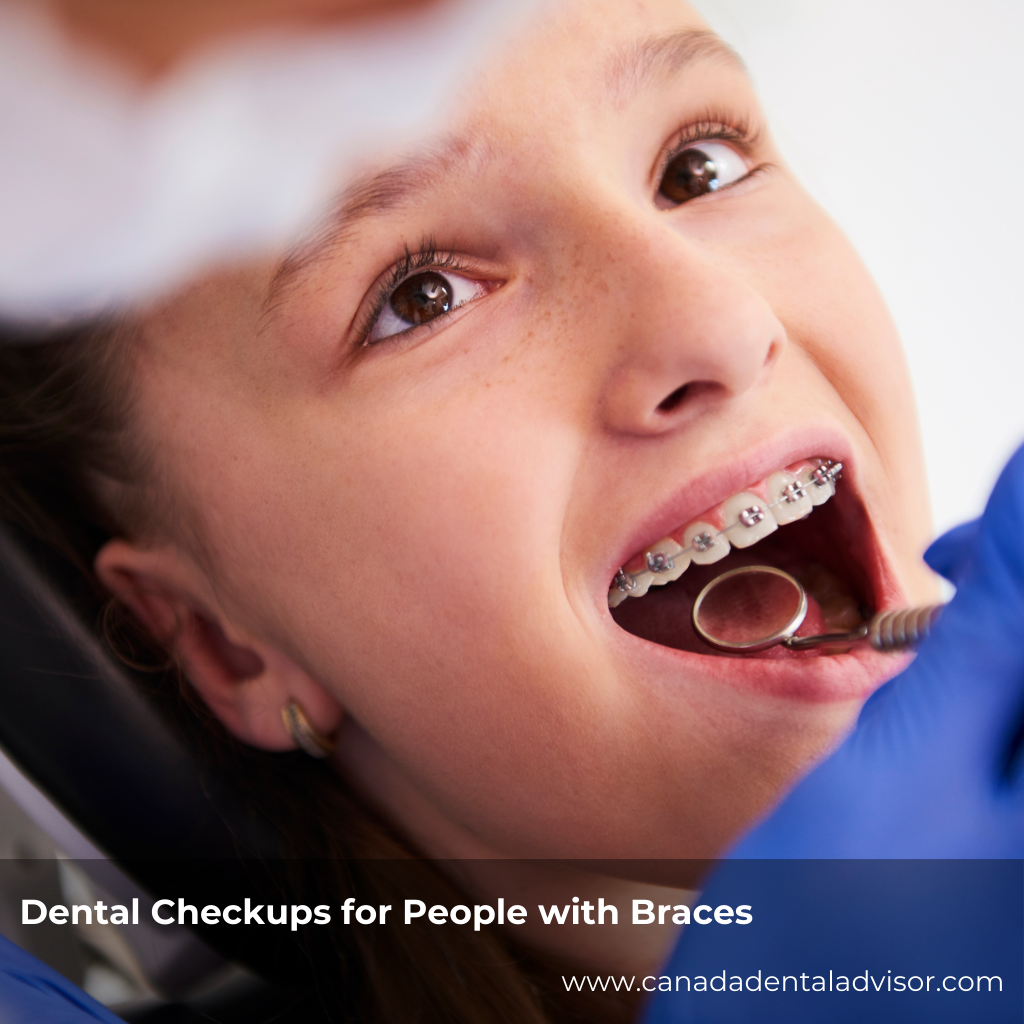

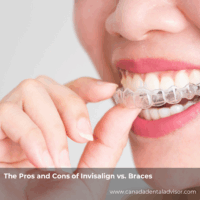

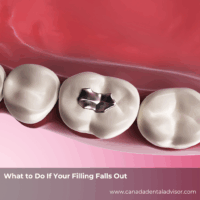


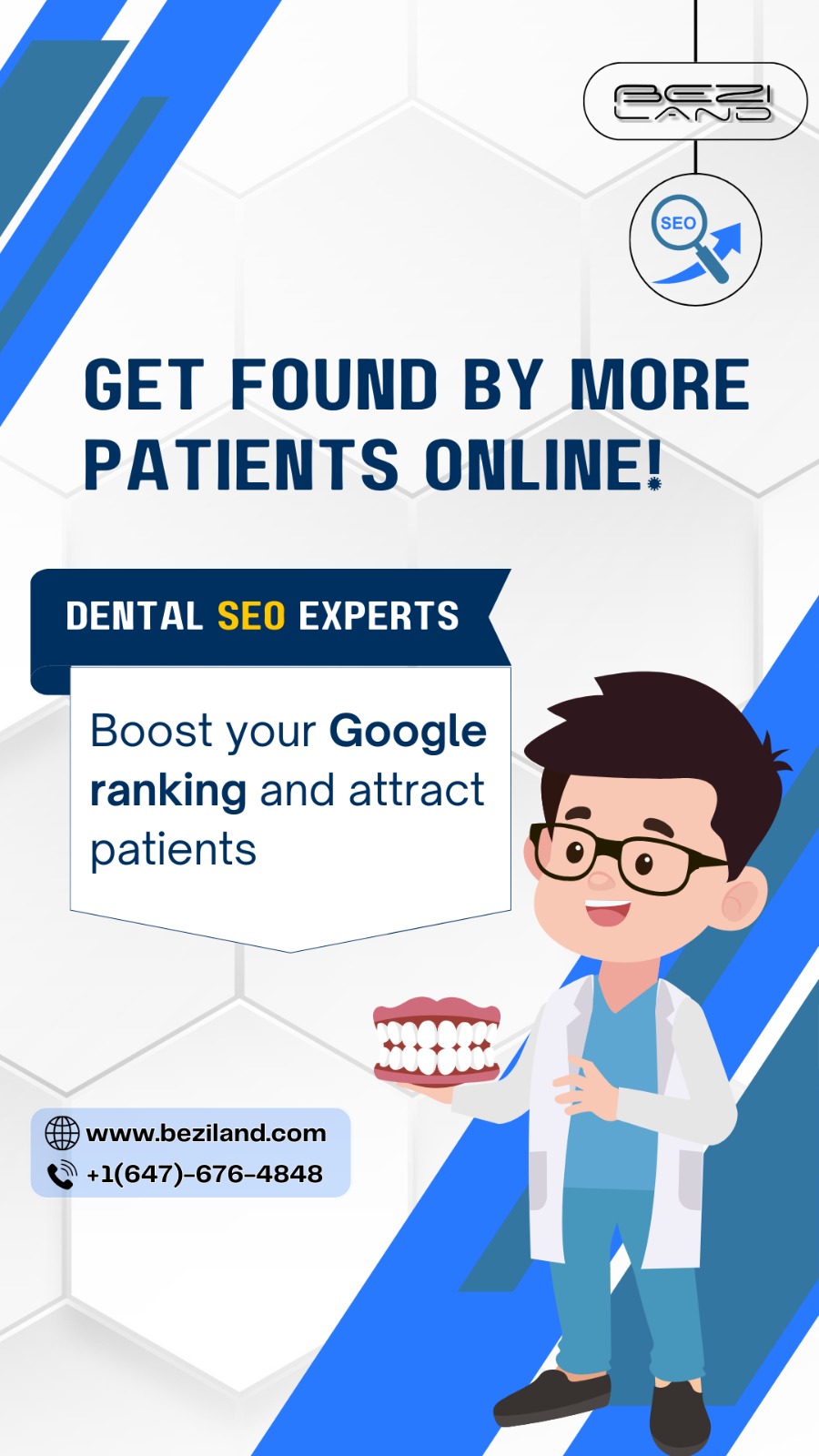
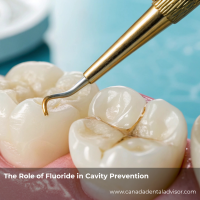


Leave a Reply